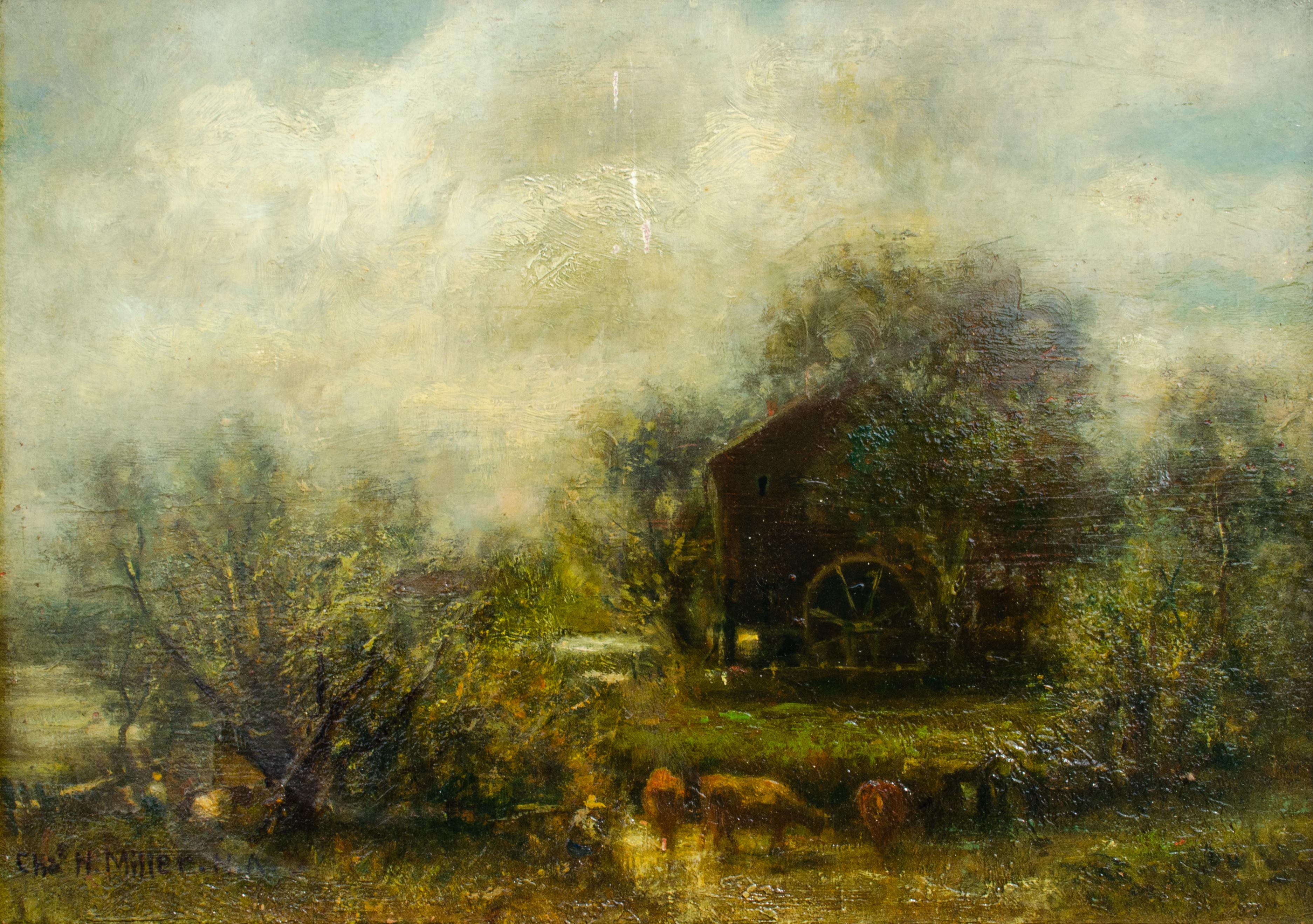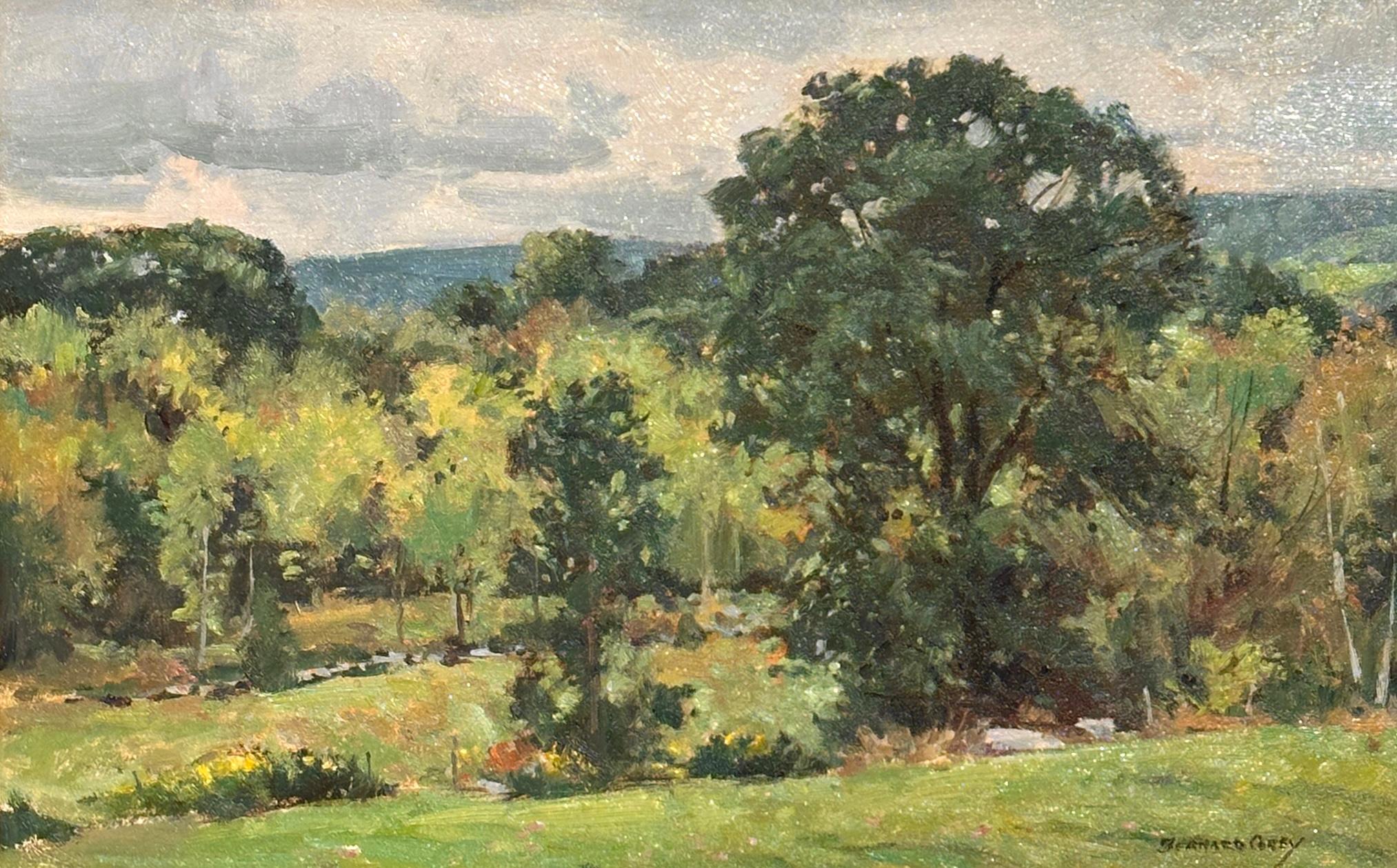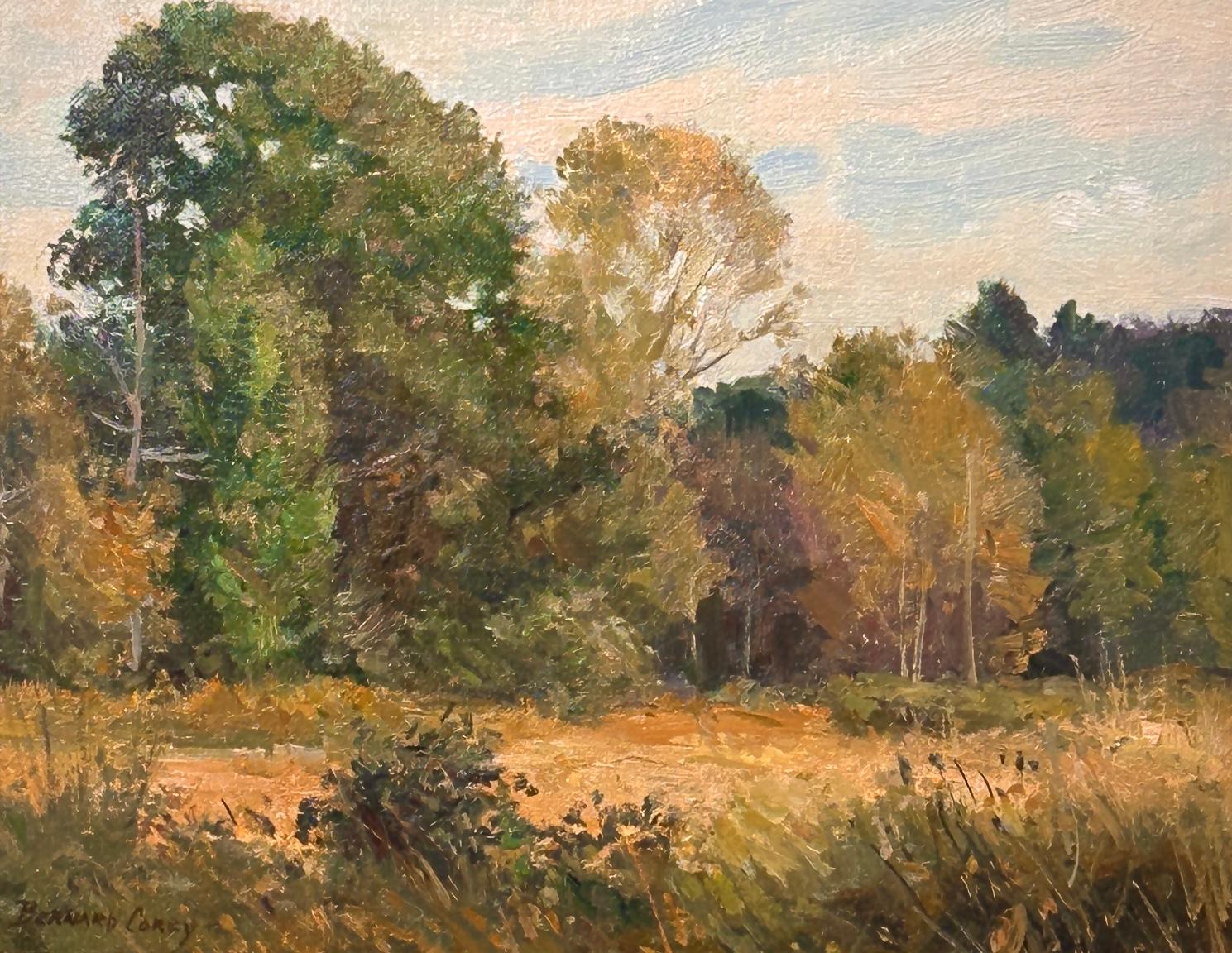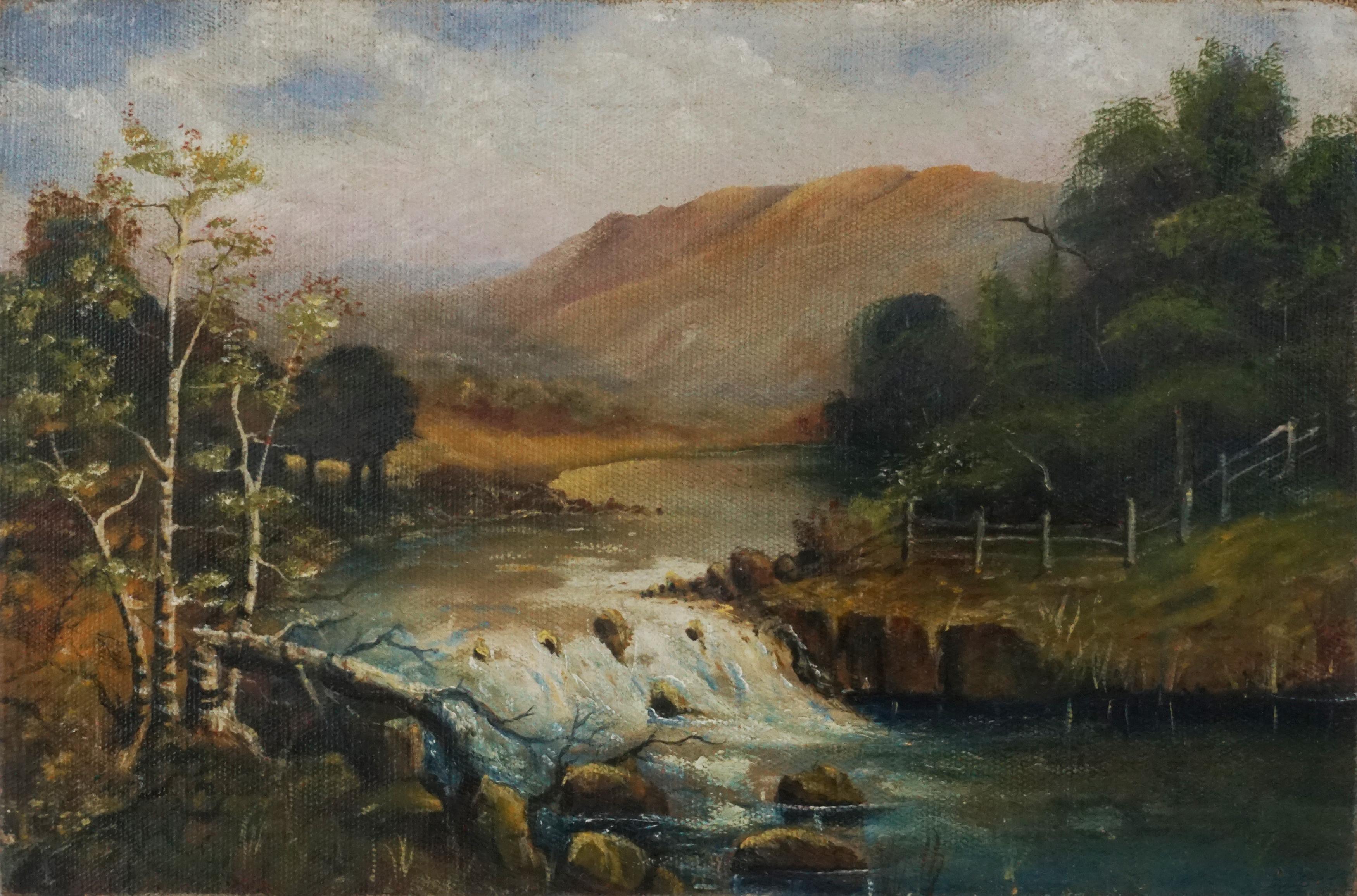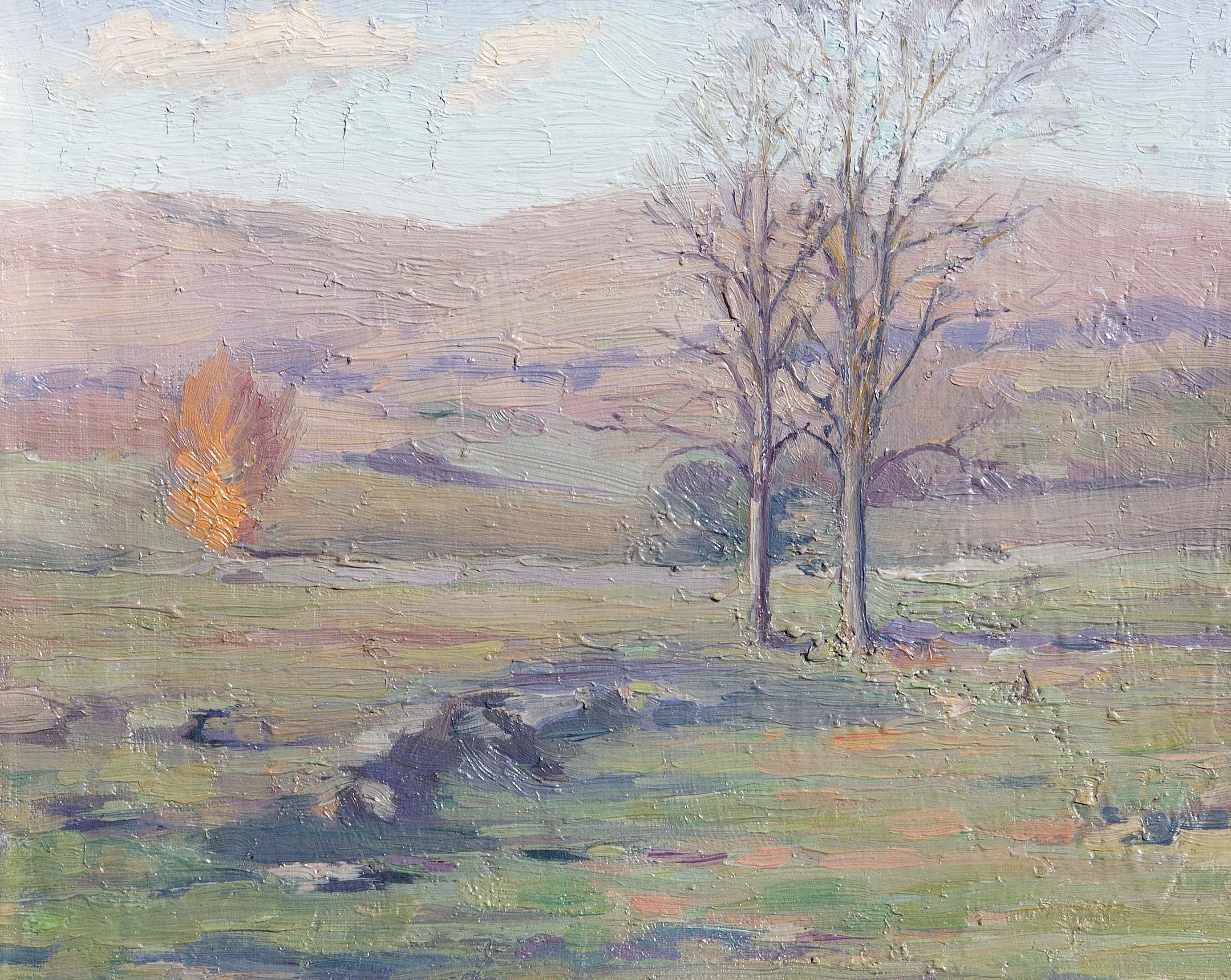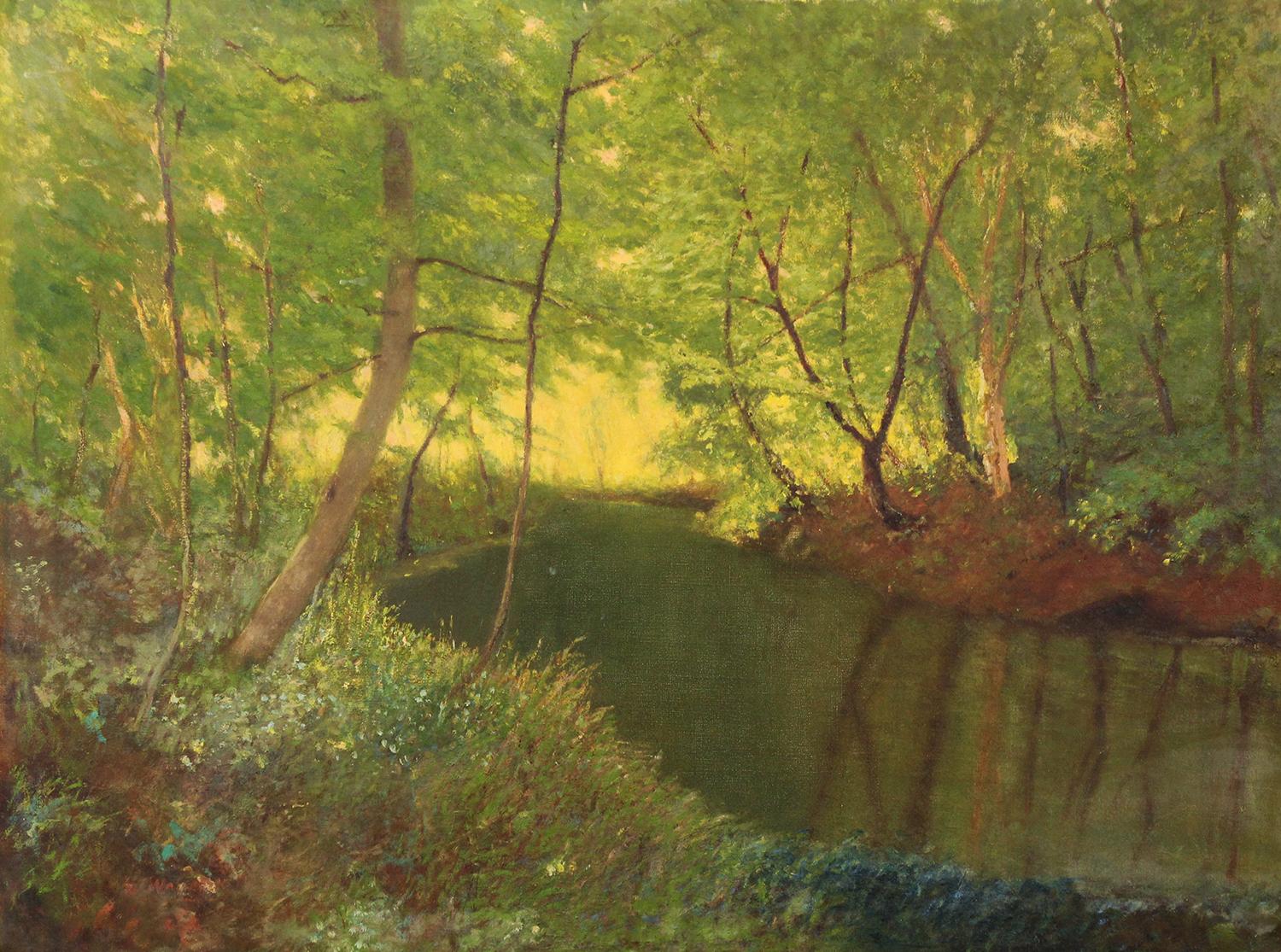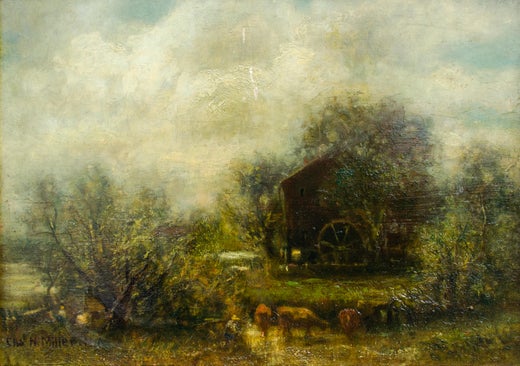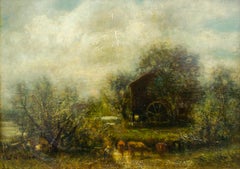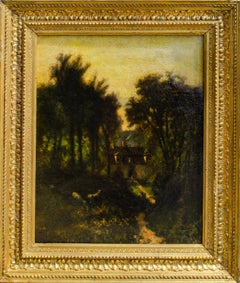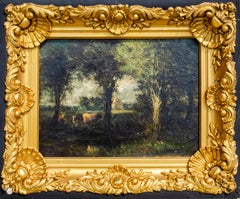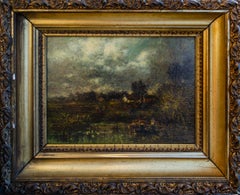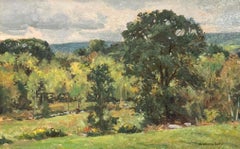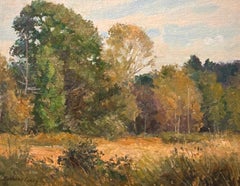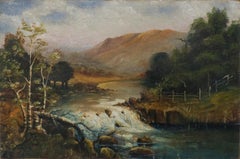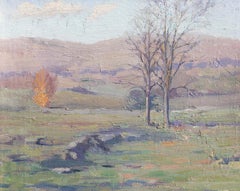Charles Henry MillerCharles Henry Miller Impressionist Landscape Oil Paintingc. 1900
c. 1900
About the Item
- Creator:Charles Henry Miller (1842-1922, American)
- Creation Year:c. 1900
- Dimensions:Height: 12.5 in (31.75 cm)Width: 16.75 in (42.55 cm)
- More Editions & Sizes:Unique 1 of 1Price: $3,500
- Medium:
- Movement & Style:
- Period:
- Condition:
- Gallery Location:New York, NY
- Reference Number:1stDibs: LU2211211879632
Charles Henry Miller
Charles Henry Miller was a noted artist and painter of landscapes from Long Island, New York. The American poet Bayard Taylor called him, "The artistic discoverer of the little continent of Long Island." Miller was educated at Mount Washington Collegiate Institute and graduated in medicine at the New York Homeopathic Institute in 1864. Before his graduation, Miller had occasionally painted pictures and in 1860, he exhibited The Challenge Accepted at the National Academy of Design, in New York City. Miller lived in Queens at the summer estate, Queenslawn, originally purchased by his parents. Miller went abroad in 1864 and again in 1867 and was a pupil in the Bavarian Royal Academy in Munich under the instruction of Adolf Lier. After the 1874 death of his father, Jacob Miller, who was a wealthy architect and builder, Miller received a large inheritance that allowed him to paint as an independent artist for the remainder of his long life. Miller worked seriously and exhibited regularly, including at international exhibitions. The majority of his oil paintings depict Long Island subjects, especially those in and around Queens Village. Fed up with the development of the eastern part of Queens (present-day Nassau County), Miller began to spend part of his summers in East Marion, Long Island, c. 1910. Here Miller spent his time sketching and painting the surrounding areas. In 1885, Miller published The Philosophy of Art in America, using the pseudonym Carl De Muldor (he was descended from the De Muldor family). His work was recognized: in 1873, Miller was elected an associate of the National Academy of Design and an academician in 1875. Miller served as president of the New York Art Club in 1879 and of the American Committee at the Munich International Exposition in 1883.
- ShippingRetrieving quote...Shipping from: New York, NY
- Return Policy
More From This Seller
View All1880s American Impressionist Landscape Paintings
Oil, Board
1870s English School Landscape Paintings
Canvas, Oil
1880s American Impressionist Landscape Paintings
Oil, Canvas
Early 20th Century American Impressionist Landscape Paintings
Canvas, Foam, Oil
19th Century American Impressionist Landscape Paintings
Canvas, Oil
20th Century American Modern Landscape Drawings and Watercolors
Paper, Pastel
You May Also Like
20th Century American Impressionist Landscape Paintings
Oil
20th Century American Impressionist Landscape Paintings
Oil
1930s American Impressionist Landscape Paintings
Linen, Oil
Early 20th Century Impressionist Landscape Paintings
Oil
Early 20th Century American Impressionist Landscape Paintings
Canvas, Oil
Early 20th Century Impressionist Landscape Paintings
Oil
